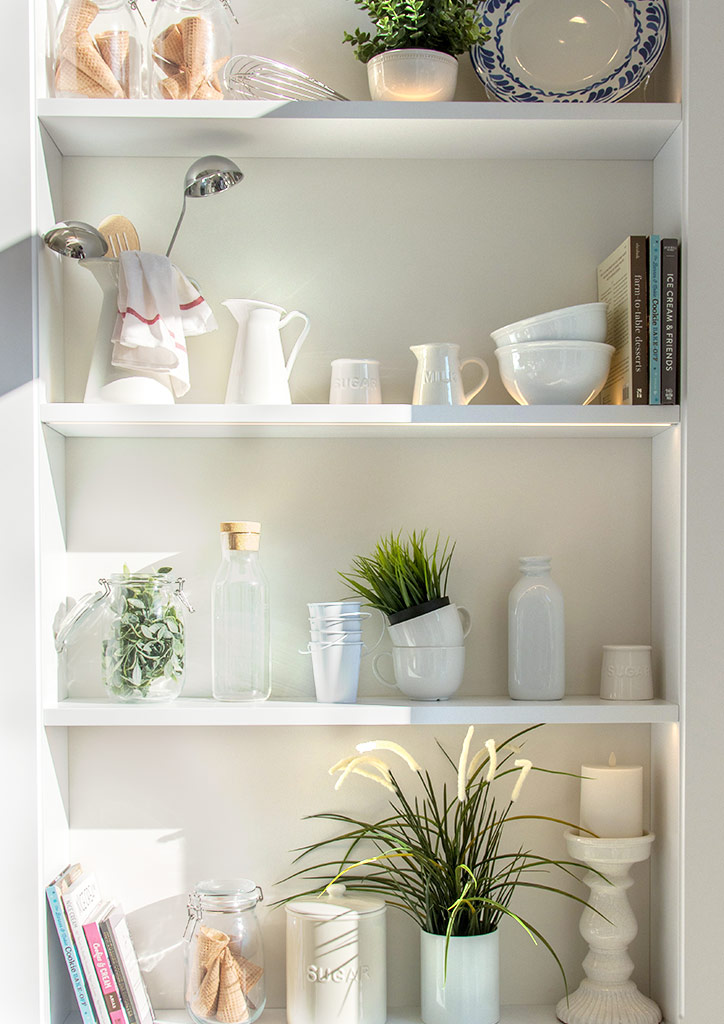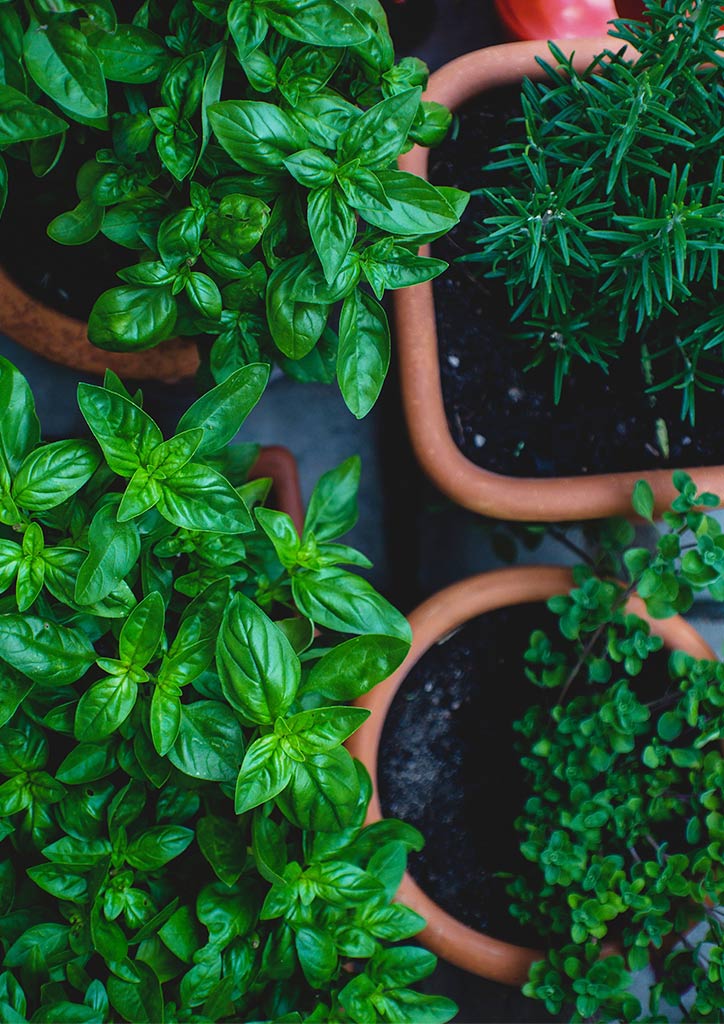
As more and more people understand the benefits of greening spaces, there has been a renewed interest in setting up not just ornamental landscapes, but utilitarian gardens, as well. One way of creating a beautiful and relaxing space while reaping the benefits of nature is by starting your own herb garden at home. You don’t need to have a green thumb or spend a lot of money—simply follow these simple steps and be on your way to enjoying nature’s bounty.

Know Your Herbs
We live in a tropical country, so understand that not all herbs will flourish and thrive in our climate. Most will do well in partial shade or full sun, such as mint, basil, sage, oregano, and thyme, among others. Just remember to keep the soil moist especially during the hot summer months. Some herbs such as rosemary prefer a drier soil, while parsley and cilantro do better in cooler temperatures. It is important for you to know what your plants require to be healthy, so you can give them the care and attention they need.
Do Your Research
You can find a lot of information on the care of herbs and how to propagate them from books, the internet, or local growers and suppliers. It’s easy to get started once you know what you need. Aside from seeds or seedlings, invest in seed trays, small pots or containers, some tools, and good soil. This is a proper mix of compost, peat, and perlite or pebbles, which you can get from many gardening stores around the metro. If you don’t want to use pots and prefer to have a small outdoor herb garden, locate it near the kitchen as thats where you’ll be using or preparing most of your herbs. Container gardening is advisable though, as this will enable you to bring more delicate varieties indoors once the rainy season starts.

Know What You’re Capable Of
Don’t take on too much at once. Like all plants, herbs take time to grow and harvest. Be patient and start with a few easy-to-care-for varieties before moving on to herbs that require more care. Set aside ample time for your herb garden and prepare to get your hands dirty.
Practice Proper Maintenance
After planting your seeds, you will see some growth in a few weeks. Transfer them to containers or your garden when they are about two or three inches tall. Generally, herbs grow more leaves and acquire better flavor when exposed to the right amount of sunlight. You don’t really need to do much as nature will do most of the work for you. However, most herbs require regular pruning to help them grow. It is advisable to prune the top layers of herbs for them to continue to grow more leaves.

Dry and Preserve What You Don’t Use
Air-drying is the simplest and most effective way of preserving herbs for future use. The goal is to preserve as much of their natural oils and flavor as much as possible. Cut herbs in the morning and throw away any dry or diseased leaves. Be sure to shake them off to get rid of any dirt and insects. If you must wash them, rinse with cold water, pat dry with paper towels, and make sure they are free from moisture. Tie a few stems together with string, and put them in a paper bag with holes. Hang them in a warm, airy room and check after two weeks, or until they are completely dry. Once dried, store them in airtight containers and use as needed.
Reap the Benefits
Most of us are familiar with using dried herbs for cooking, but when used fresh, herbs add a depth of flavor to dishes. They also contain a high concentration of anti-oxidants, which have been proven to help combat and prevent different diseases. Aside from the health benefits, they are also lovely to look at and have around.


